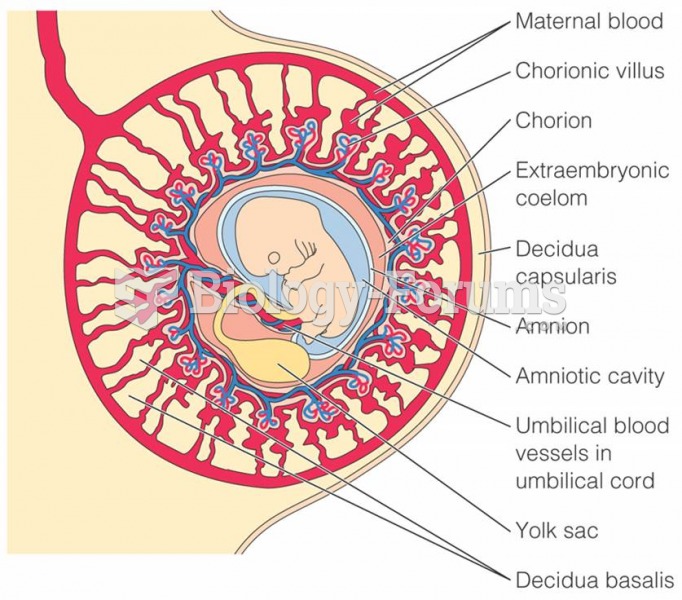Answer to Question 1
1,2,3,5
Rationale 1: It is much easier to prevent infection than it is to treat an infection.
Rationale 2: It is not necessary to treat every respiratory illness with antibiotics. Most are viral and do not respond to antibiotics.
Rationale 3: Stopping antibiotic therapy prematurely allows some pathogens to survive. The ones that survive are the strongest pathogens.
Rationale 4: Not all illnesses require physician intervention.
Rationale 5: Preventing transmission of illnesses is essential.
Global Rationale: It is much easier to prevent infection than it is to treat an infection. It is not necessary to treat every respiratory illness with antibiotics. Most are viral and do not respond to antibiotics. Stopping antibiotic therapy prematurely allows some pathogens to survive. The ones that survive are the strongest pathogens. Preventing transmission of illnesses is essential. Not all illnesses require physician intervention.
Answer to Question 2
2,5
Rationale 1: There is no evidence of infection being present.
Rationale 2: Antibiotics are given to those with low WBCs to help prevent or lessen infections.
Rationale 3: The chemotherapy does not cause an infection, but does decrease immunity, allowing infection to occur.
Rationale 4: This antibiotic is not being given to kill cancer cells.
Rationale 5: Prophylactic antibiotics are given to kill bacteria while their numbers are small.
Global Rationale: Antibiotics are given to those with low WBCs to help prevent or lessen infections. Prophylactic antibiotics are given to kill bacteria while their numbers are small. There is no evidence of infection being present. The chemotherapy does not cause an infection, but does decrease immunity, allowing infection to occur. This antibiotic is not being given to kill cancer cells.







